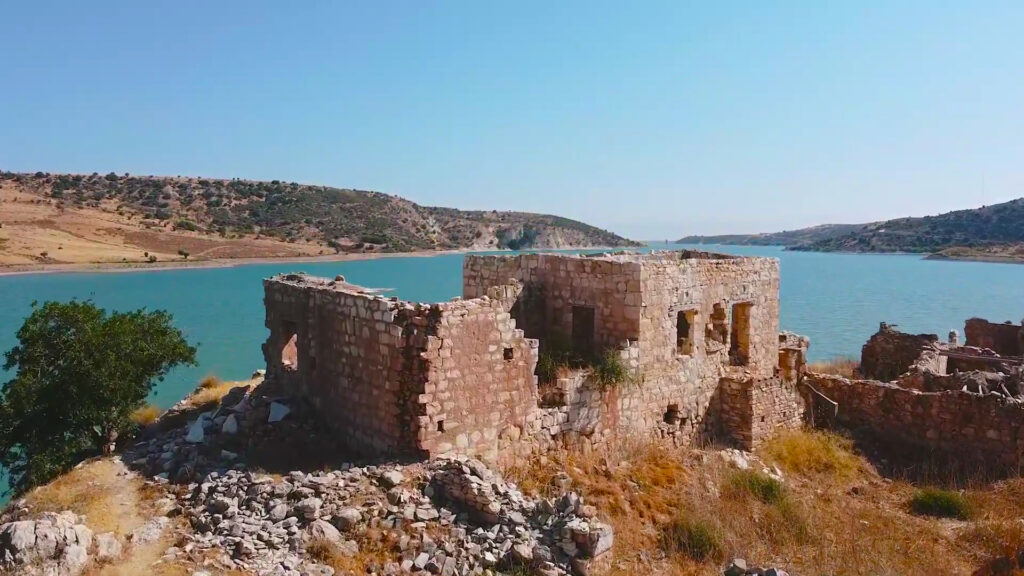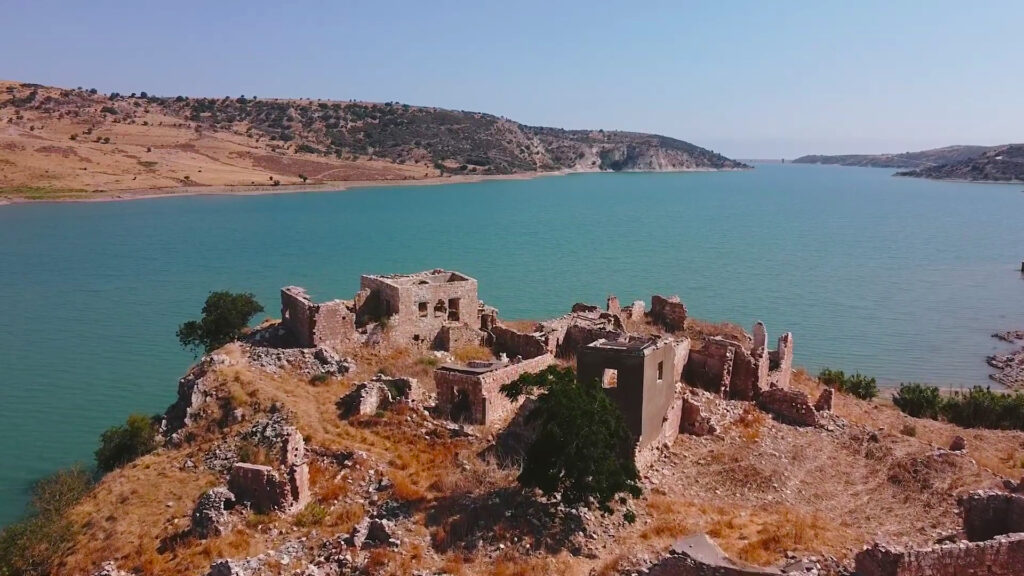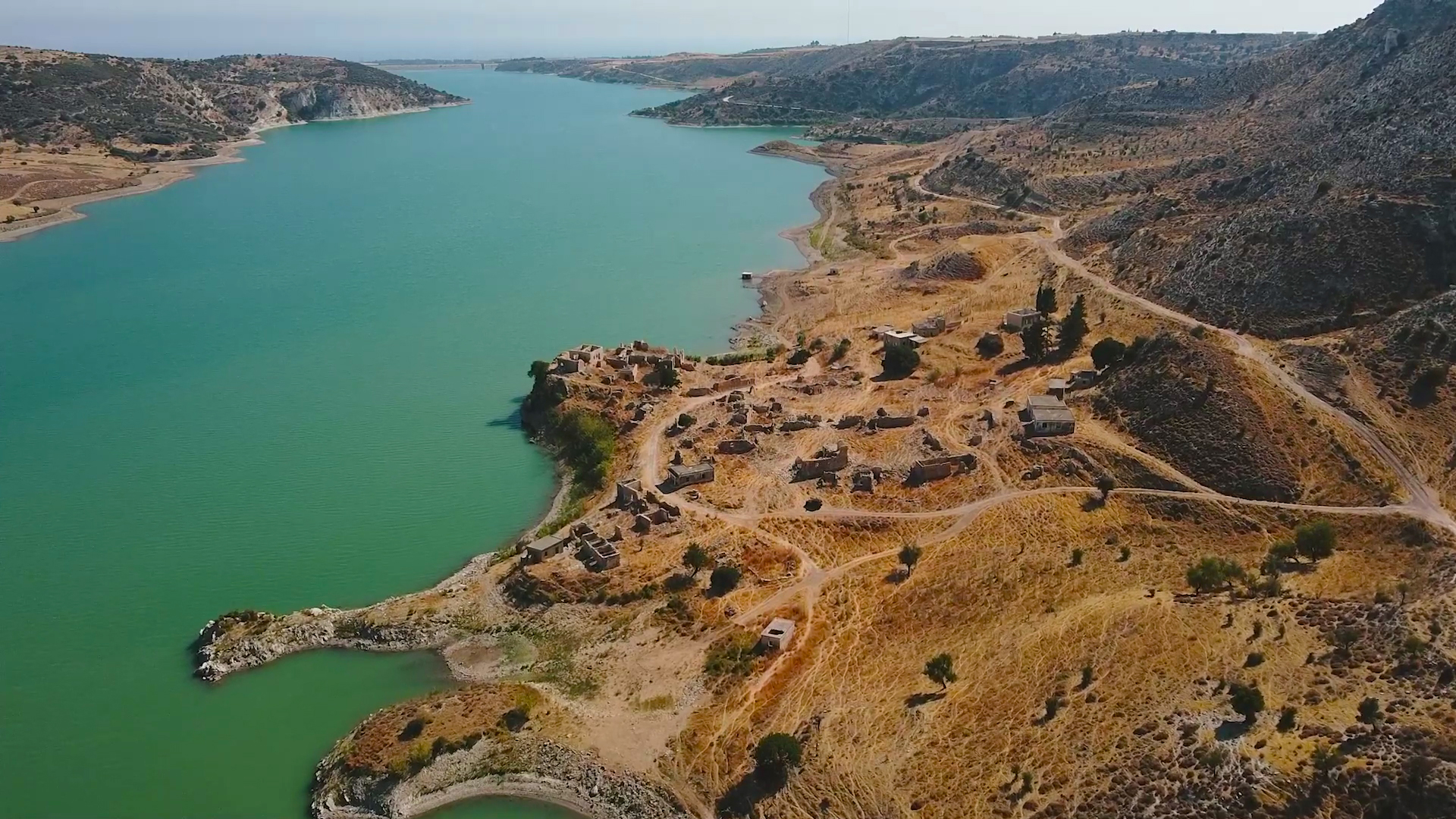Rich with a history stretching back thousands of years, Cyprus has no dearth of ghost villages, however few of them have received as much attention as Foinikas, perhaps due to the legends associated with it.
Our story begins in the summer of 1191. A victorious Richard I raises his flag on the then Byzantine fortress of Nicosia, before embarking on a campaign of conquest to re-capture the Holy Land for Christendom.
Richard the Lionheart considered Cyprus an unnecessary and unwanted distraction, after a storm had driven his fleet apart, wrecking several ships along the shore of Cyprus, bringing about the capture of his fiancée and sister, including the confiscation of English treasure, thus forcing him to conquer Cyprus and ultimately become its ruler.
Realising the island’s strategic importance in securing and defending Christian control of Jerusalem, the English king sold Cyprus to the Knights Templar, using his war chest to fund his crusade.
Initially, the Knights Templar – an order of devout Christians assigned to protect European travellers visiting sites in the Holy Land, while carrying out numerous military operations – settled in the fortification in Nicosia to control the plains of Mesaoria, thereafter establishing its administrative capital in the Paphos village of Foinikas.
Together with the neighbouring communities of Agia Irene, Anogyra, Platanissos and Kaloyiannakia, the village of Foinikas formed part of the Commandaria della Finicha, and was developed on a gentle slope nestled within the Xeropotamos valley on a site that was virtually impregnable.
Reminiscent of high medieval Europe, the houses were built entirely out of stone and reflected the political and socioeconomic status of the Knights Templar, while the imposing manor, which was located at the highest point of the complex, served as the Grand Commander’s home. The architecture was designed intelligently, making it unique from any other community in Cyprus at the time.

An imposing manor, which was located at the highest point of the complex, served as the Grand Commander’s home
Although Foinikas was home to the legendary religious military order until 1313, it was also renowned for its sugar plantations and highly profitable silk trade during Frankish rule, making it one of the most affluent villages in the region.
The village was ruled by different suzerains, including Genoese and Venetian, and was eventually conquered by the Ottomans in 1571 who ruled the island until 1878. The history of the Knight Templars and their connection with Cyprus ended with Ottoman rule, destroying all Templar archives in their attempt to wipe out Christianity. Had those documents survived, they could have answered many questions relating to the history and mystery surrounding this formal institution.

The architecture was designed intelligently, making it unique from any other community in Cyprus at the time
Since 1831, Foinikas was mostly populated by Turkish Cypriots until the village was abandoned following the invasion of the island in 1974. Although few Greek Cypriots settled in the village afterwards, the construction of the Asprokremmos reservoir two years after forced the villagers to relocate.
Today, the deserted ‘administrative capital’ of Foinikas exudes an eerie, yet mysterious charm – an enduring location that is steeped in history. The shape of the fortification, including the outer walls and stone stairways are partially intact. Centuries-old windows and doors, crumbling ceilings slowly giving into dilapidation in the hot sun, and falling masonry provide a subtle hint of the stone structures, once occupied by the guardians of the Holy Grail.
Over the years, wild vegetation has reclaimed the buildings of Foinikas, engulfing its narrow and historic, cobblestone streets, making it impossible to unravel all the secrets of this enchanted wonder.
The village is often referred to as the “sunken village,” when several of its buildings are submerged by rising water, as a result of heavy rainfall that causes the adjacent Asprokremmos reservoir to overflow during winter.
The resulting tableaus of decay and desolation has fascinated photographers, locals, history buffs, adventure seekers, nature lovers, and tourists to visit Foinikas and capture its haunting beauty. The contrast between the deserted village and lush terrain is especially poignant in springtime, when wildflowers, bursting with colour, sprout up through the greenery and around the crumbling stones, and old almond trees are in full bloom, making Foinikas a novel attraction for all.
A visit to the ‘ghost town’ of Foinikas will most certainly capture one’s imagination, not only for its beauty and the cultural influence it exemplifies, but also for its unique window into Cyprus’ illustrious past.
Access to Foinikas requires a strong vehicle, preferably a 4×4. Hiking, or mountain biking to the site is possible, however there are no designated trails









Click here to change your cookie preferences